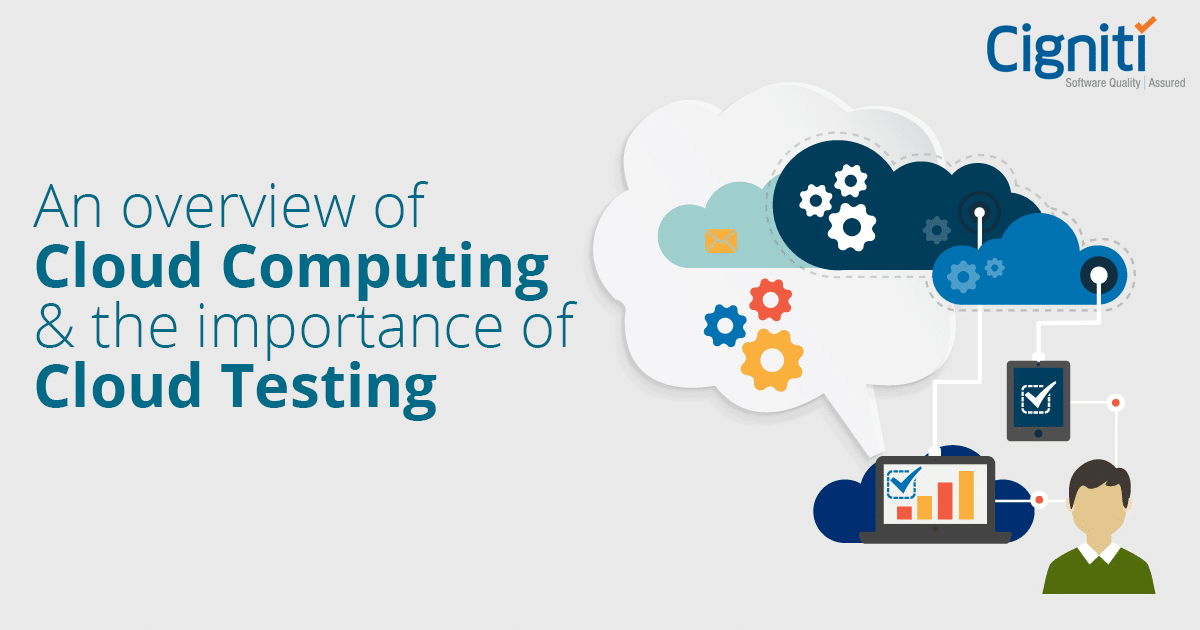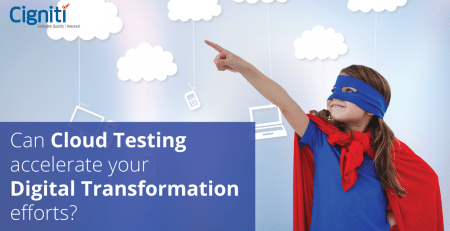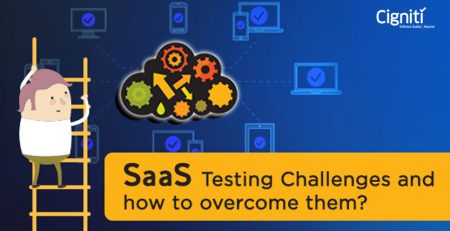Fostering agility with cloud-native application testing
During the lockdowns across the world, amidst a global pandemic, one thing that kept us all going was RESILIENCE.
From corporate organizations to schools and families, everyone has adopted alternatives to their pre-pandemic ways of showcasing their resilience against the unprecedented health and economic crisis.
Accelerated digital transformation was one by-product of this endeavor. And to support the acceleration, there is an expected increase in cloud adoption and the development of cloud-native applications.
Cloud technologies have proven to be significant in bestowing resilience to these organizations, by offering them the power to scale at the demand of their customers 24×7.
Even for organizations that do not have a cloud architecture in place and have relied on legacy infrastructure, cloud adoption has become a means of ensuring business continuity even in the midst of total chaos.
According to Dave Bartoletti, Vice President, Principal Analyst, Forrester, “When you look back at the public clouds developed in the last 15 years, it almost seems like they were designed to handle the global demand shock caused by the COVID-19 pandemic. Not only did the pandemic turn millions of office workers into home and remote workers overnight, it also changed how every IT department and development shop functioned. Without public cloud apps, development services, tools, and infrastructure available to every business and consumer on demand, imagine how different (and hobbled) the pandemic response would have been. In 2020, cloud proved that, indeed, one should never let a good crisis go to waste.”
Over the next three years, the public cloud services market is expected to reach $623.3 billion USD. But it is not only the public cloud adoption that is gaining such traction.
There is a surge in both the private as well as the public cloud landscape. In fact, most organizations are looking at a hybrid model of cloud adoption to leverage complete flexibility in their application deployment process.
By developing applications on a cloud-native infrastructure, organizations become capable of responding to market demand at a lightning pace.
As automation constitutes a key part of cloud-native application development, speed and scale are the major benefits that end user’s experience.
Cloud-native applications follow the concepts and principles of DevOps, continuous delivery, microservices, and containerization.
Cloud computing’s centralized nature gives DevOps automation a standardized and centralized platform for testing, deployment, and production.
The amalgamation of DevOps with Cloud adoption enables enterprises to expedite their development and operational activities in a more efficient way.
DevOps and cloud adoption
While DevOps is about breaking the traditional silos between different teams involved in software development, testing, and deployment, it requires the support of various technologies to deliver the desired results.
The automated continuous delivery and continuous deployment pipeline in a DevOps SDLC can be augmented with the help of the cloud’s speed, scalability, flexibility, and resilience to facilitate quality releases as and when needed.
The entire process can exist on a cloud-native infrastructure, enabling an organization to embrace more agile practices for application development.
Cloud native infrastructure is required to operate cloud native applications properly, and businesses must consider a few factors before migrating.
Key considerations while moving to a cloud-native infrastructure
Although legacy modernization is an imperative for the success of digital initiatives and modern application development methodologies, the journey has its own set of challenges.
For the glitch-free adoption of cloud-native infrastructure, organizations must consider these aspects:
- Evaluation of the right deployment models – private cloud, public cloud, and hybrid cloud (an integrated cloud utilizing both private and public clouds) and choose the best option that aligns well with their business goals.
- Assessment of cloud service models- SaaS, PaaS, and IaaS – available in the market for their business.
- Cloud computing involves five essential characteristics – on-demand self-service, broad network access, resource pooling, rapid elasticity, and measured service. Organizations going for cloud adoption have to consider the availability of these characteristics as well.
Once these aspects are taken into account, organizations should also proactively address the cloud-computing challenges that may affect the success of cloud adoption:
- Complying with cloud-specific requirements by redesigning the application architecture
- Determining delivery mechanisms for the cloud
- Dealing with issues such as data migration, performance, availability, and scalability
- Ensuring data security, accessibility, and privacy
While enterprises should consider all the above aspects for the seamless adoption of cloud-native infrastructure, it is essential that cloud testing is also done in a comprehensive manner.
Why do you need to perform cloud testing?
Cloud testing has become critical to effectively sailing through the challenges discussed above.
However, the cloud testing approach or strategy is considerably impacted by the deployment models, service models, and other essential characteristics of cloud computing.
Testing teams have to pay attention to the non-functional aspects such as performance, security, compatibility, environment management, integration with various interfaces, user experience, etc. as they get impacted by software, applications, or solutions by transitioning to the cloud.
Cloud-based test environments can be built and used for testing purposes as needed for a limited period of time.
Some aspects of cloud testing that help organizations offer high-quality services to their customers are:
- Stress testing, Performance testing and Load testing of applications hosted on the cloud by generating loads as necessary leveraging cloud environment
- Security testing of an application hosted on the cloud to know if the security framework provided is accurate or not
- Integration testing of applications which are hosted on various clouds
- Compatibility testing of applications hosted on the cloud by creating instances of different operating systems utilizing a cloud environment
The goal of cloud testing is to use cloud computing to test software for both functional and non-functional needs.
This assures faster availability, scalability, agility, and flexibility, which saves time and money for software testing.
Processes such as Agile and DevOps help teams to move faster and achieve more relevant results.
Cloud Testing gives testing and development teams the flexibility to test applications as per their requirements.
Digital transformation can be achieved by ensuring flexibility and business agility. This can be realized by bringing in strategies that encourage better workflows and faster turnaround times.
Cloud-based solutions, in many possible ways, ensure the same thing.
Enterprises’ potential to remove upfront expenditures and substantially cut time-to-market is expanding thanks to cloud-based systems.
As a result, there has been a surge in interest in cloud-based solutions. However, it poses distinct integration, privacy, data security, and application performance challenges.
To ensure that your cloud deployments are effective and that you get the most out of the cloud solution, you’ll need to do extensive cloud-based testing.
To sum up
The most difficult aspect of cloud testing is ensuring that live upgrades do not affect already connected SaaS users.
Cigniti’s cloud application testing services verify the security of your cloud deployment and provide actionable remedial information if it doesn’t meet the criteria. We do proactive, real-world security checks using the same tactics that attackers use to break into your cloud-based systems and applications.
Our one-of-a-kind cloud application security testing services not only assist you in identifying and eliminating threats from your application, but also ensure that it complies with regulatory and compliance standards.
Cigniti’s digital assurance & testing solutions address the multi-faceted needs of digital transformation testing. We assure digital transformations by conducting comprehensive testing across your digital value chain, encompassing digital marketing, web portals, web content, digital assets, web analytics, and the entire digital ecosystem – which includes the cloud, mobility, big data, and connected devices.
Connect with our cloud testing experts to ensure that your Digital Transformation initiatives are on-track and deliver the expected results whilst fostering agility with cloud-native application testing.





Leave a Reply